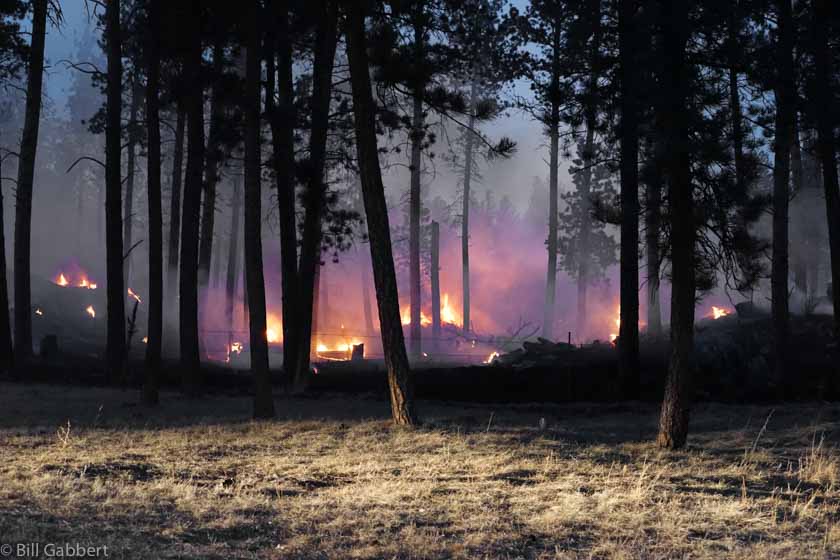Above: Photo by Tallac Hotshots
We were not familiar with the Tallac Hotshots until yesterday when we ran across this recently taken photo. The crew, based near Lake Tahoe in California, was officially certified in 2014.
Below is an excerpt from their website:
****
“Crew Profile
On June 19, 2014, the Tallac Hotshots completed the extensive certification process to become the first Interagency Hotshot Crew (IHC) from Lake Tahoe. Formerly, the Tallac Hand Crew, the Tallac Hotshot Crew joins an exclusive group of roughly 2,000 firefighters in the country. The Tallac Hand Crew was established in 2001 as part of a nationwide buildup of resources for a maximum efficiency level of preparedness as direct by the National fire Plan. The original intent of the crew was to perform fuels management projects along with resource management objectives and to be availalbe for wildland fire response. The crew evolved through extensive training, recruitment, and retention of leadership to become a highly skilled 20 person crew. The crew completed the 2-day certification process, which covered all the standards for IHC operations.
Forest Organization Overview
The Tallac Hotshots are based on the Lake Tahoe Basin Management Unit and are one of three federally funded, Forest Service 20 person, fire suppression and fuels management crews in the Tahoe Basin. There are two on call organized crews O.C 36 and O.C 37. The Lake Tahoe Basin also has four type 3 engines, four fire prevention staff, a VUFF Staff Officer, Forest Fire Management Officer (Chief 1), one Assistant Forest Fire Management Officer (Chief 2), one Fuels Battalion (Battalion Chief 42)and Fuels Division (Division 4). Everything is overseen by Forest Supervisor and Deputy Forest Supervisor. ECC Dispatch is located at Camino on the Eldorado NF.”







